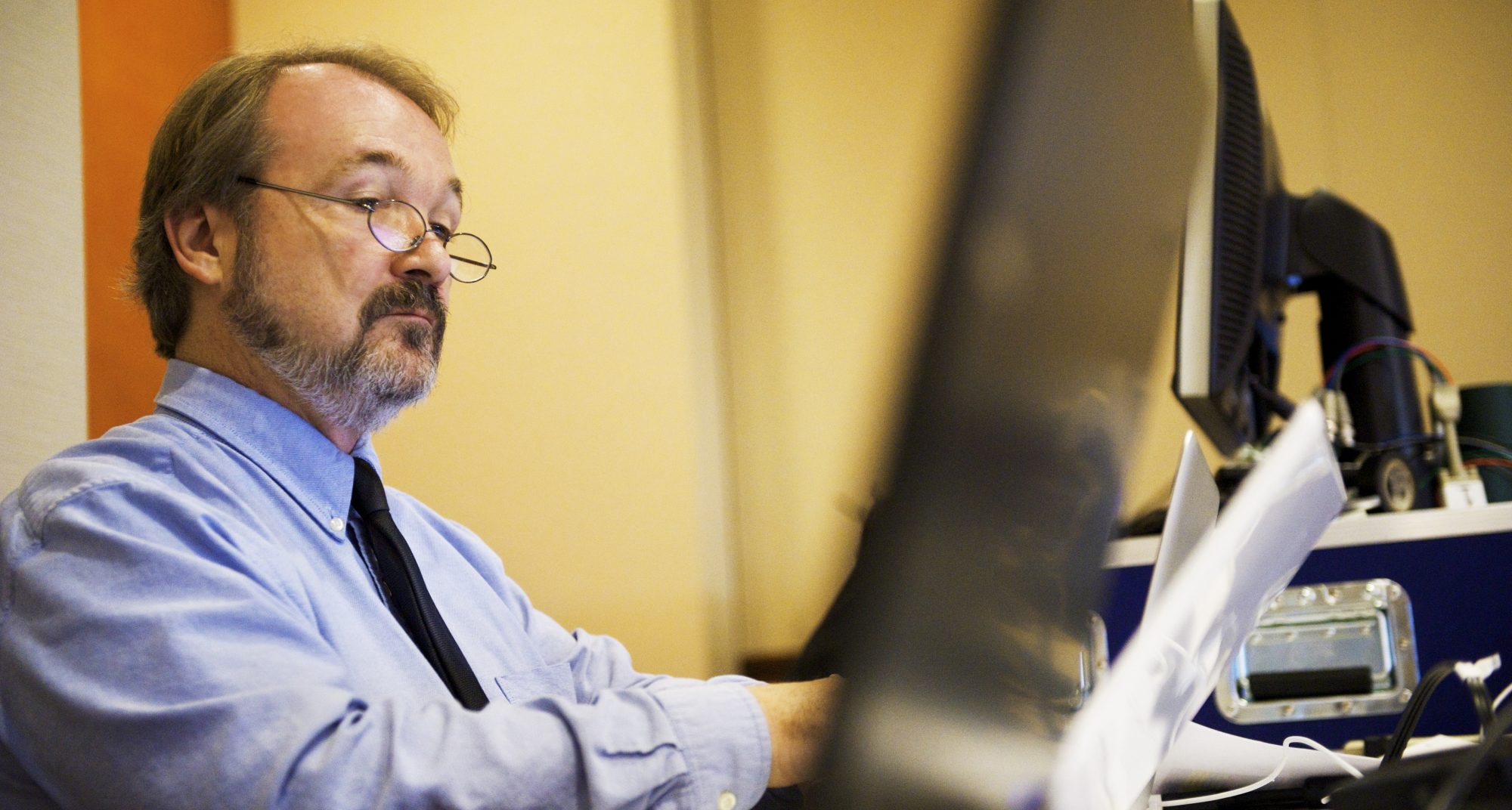
When I taught at Duke, I was often amused to hear my students use the word “we” to talk about the basketball team. “We beat Carolina!” or “We’re in the Final Four!” And I always thought, WE didn’t do anything. A dozen or so mercenaries won a game. But our pride in collective belonging is powerful, and often positive. It’s important to not be isolated, to feel that we’re part of a group.
But if we’re going to claim the pride of our group, we need to own the drawbacks as well. In Vermont, Black drivers were 80% more likely than white drivers to be pulled over; once stopped, were more than 240% more likely to have their vehicle searched than white drivers; once searched, were actually slightly LESS likely than white drivers to have illegal materials in the car. How can we, as a community, accept those patterns? Maybe we individually didn’t make that happen, but maybe we as a group can make it stop.
Black Americans are far less likely to have health insurance, far less likely to have regular access to healthcare, and far less likely to live in neighborhoods with good clinics. Black Vermonters, as is true in the US more broadly, are about twice as likely to contract COVID as whites. Maybe we individually didn’t make that happen, but maybe we as a group can make it stop.
As a simple matter of public health policy, it makes sense to go after a disease where it’s disproportionately prevalent. That’s why we vaccinated older people first. But that seems to be contentious when it comes to the racial implications of public health science. Maybe we individually aren’t biased, but maybe we as a group only accept some definition of who belongs and who doesn’t.
Whenever we divide the world into us and them, we and they, it’s important to be precise about who’s included. To understand what definitions account for the division. And to examine the patterns that result, and whether we’re proud of them.
The geographer Yi-Fu Tuan, in his book Cosmos and Hearth, talks about the inverse relationship between fear and inclusivity. He argues that fear makes us circle the wagons, close the borders, define the others as a potential threat or enemy. Fear makes our world small.
By contrast, people who see the world with curiosity make their world larger. They belong to bigger and broader communities, they move more freely among a greater diversity of people and cultures and places. They see opportunities more than hazards.
The great drive to tribalism and nativism is a fear-based movement. The Great Replacement theory of white culture being dismantled and swept away by “those people” is different only in scale from the Old Vermonters fear that their way of life is being dismantled and swept away by the “flatlanders.” When a culture is seen as set and immutable and requiring defense against impurity, then any outside force is immediately repellant. No Internet, no hip-hop, no internal combustion engines, nothing “fancy” or “uppity” or “immoral.” But if culture is instead seen as changing daily to accommodate the interests and purposes of its participants, there’s not as much to fear, and far more to be curious about.
We can remind ourselves every day to be curious. To be expansive. To embrace the richness of the buzzing, blooming world. The alternative is to bunker in and wait for the end times.





